Tackling Climate Extremes: Q&A With the World’s First Chief Heat Officer
Jane Gilbert on how Miami-Dade County is addressing an issue with significant implications for real estate.
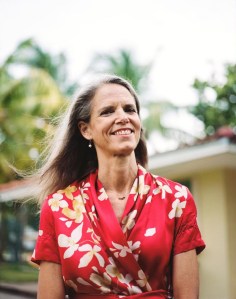
Jane Gilbert. Image courtesy of Miami-Dade County
As the effects of climate change accelerate, extreme heat events have become an immense concern for regions throughout the United States and internationally. Miami-Dade County recently became the world’s first jurisdiction to appoint a Chief Heat Officer (CHO) to take the lead on climate and extreme heat issues.
A growing body of research has found that if not addressed, rising temperatures and excessive heat waves could have a substantial impact on not just residents, infrastructure and the economy, but commercial real estate, as well.
READ ALSO: What the New Energy Crisis Could Mean for CRE
Jane Gilbert, CHO for Miami-Dade County, talked to Commercial Property Executive about what led to her being the first person on the planet to be appointed to this position. She discussed what she does to help residents of the county beat the heat, how real estate design can make a difference in staying cool, and more.
You are one of two Chief Heat Officers in the United States and one of a handful in the world. Why and when did Miami-Dade County appoint a CHO?
Gilbert: I was appointed in late April of last year by Mayor Daniella Levine Cava, our Miami-Dade County mayor. She was the first to appoint a CHO in the world. The idea for the position came out of both what she was learning from vulnerable populations here locally but also what she was hearing about trends internationally through our partnership with the Adrienne Arsht-Rockefeller Foundation Resilience Center.
On the local front, a team of Canadian-based organizations had, over the previous year, done a series of focus groups and surveys in low-income and marginalized communities throughout the county seeking to understand their top concerns related to climate change. Miami is known internationally for our vulnerabilities —sea rise, flooding and hurricanes—and we’ve been working on those issues for probably close to two decades now. But extreme heat had not been fully addressed in our resilience plans. Extreme heat and climate gentrification were the top two concerns coming out of those focus groups and surveys.
We were the Adrienne Arsht-Rockefeller Foundation Resilience Center’s first community partner. They formed the Extreme Heat Resilience Alliance because of the clear, increasing risks associated with extreme heat and the fact that it had been, in their estimation, under-addressed.
It came out of a conversation between Adrienne Arsht and our mayor. The idea of the CHO was to bring together the different departments within the county, but also the actors throughout the region, on improving coordination and accelerating efforts to both improve our efforts to manage the extreme heat we now know and will have in the future but to mitigate our urban heat islands.
What are your responsibilities?
Gilbert: To improve coordination and accelerate efforts already underway to both mitigate urban heat islands and improve extreme heat management. And to form a task force to put together a three-year plan for accelerating initiatives and creating new ones.
We are in the process of completing a heat vulnerability assessment for the region to really understand which populations and which geographies are most vulnerable to heat to better inform our interventions. We’ve formed a multiagency climate and heat health task force that includes members of the community. We held a series of six public workshops that each focused on a different aspect of heat management and mitigation to engage the various stakeholders and actors that can help address those solutions.
It’s a planning effort. We’re working on general public education, focused education in policy around outdoor workers, we’re working on housing retrofit issues, tree canopy maintenance and enhancement, cool streets and pavements, and data and research.
Heat-related illness and deaths are virtually under-reported, and we don’t have great data—even though we know that extreme heat is the number one weather or climate-related killer both in the United States and worldwide. There’s a preponderance of evidence that the numbers are so high, it’s greater than all the weather and climate-related risks combined.
When did you first become interested in the environmental sciences?
Gilbert: I’ve always been a fan of our natural environment. I became passionate about working in this field when I was in my second year of college. I had to write a research paper for my English class. I was trying to figure out what to do and landed on writing a research paper about the then-U.S. Secretary of the Interior James Watt, who was under the Reagan administration, and was selling off and leasing federal lands for coal mining and offshore oil production. It was very upsetting and the more I learned, the more upset I got. I got very deep in the weeds, researching and writing the whole paper. My professor then said, “You should get this published.” I got very excited about it and that’s when I knew I wanted to study environmental science and work in the field.
What are some of the challenges you face in your position?
Gilbert: One is, I’m creating something that’s never been done before. I’m learning as I’m going but so are my peers, who don’t fully understand what my role is within the county and the broader region. How do they work with me? Luckily, I have very strong relationships both throughout the region, because I’ve worked here a long time, and internally. This a learning curve for everybody. When you don’t have control over the budgets of departments run by people I work very closely with, you cannot just make a unilateral decision and say, “OK, we’re going to get this done,” and make that a directive.
It is through getting people on board to understand this as both a mayoral priority but also a long-term priority. It’s an actual priority that should be part of their job to get things done. It is important to have very strong, soft influence skills.
How much does Florida’s hurricane season impact your efforts as Chief Heat Officer?
Gilbert: Very much so. Unlike the Pacific Northwest, where when they had their heat wave this past summer, a large percent of their population was without air conditioning. We have a very high penetration of air conditioning here in south Florida. Most people have it, but not all, and not all can afford it. But in the event of a widespread and extended power outage that would most likely be caused by a hurricane, we are all at risk of extreme heat. We saw that with Hurricane Irma in 2017, when 12 people died in a nursing home in a county just north of us. Since then, the state has passed a law requiring all assisted living and nursing homes to have a generator with a backup power capacity and fuel on-site capacity to keep a community room cool for at least four days.
We know there’s a much larger population that would also be at risk during that time. We really need to invest more in our energy redundancy at our evacuation shelters, at our cooling centers and encourage the same in other multifamily housing environments.
How closely do you work with other officials or departments in Miami-Dade County, and around the state and nation?
Gilbert: Our climate heat health action plan we are working on, and will release in June, is under the umbrella of a community-wide plan called Resilient 305. That involves all the 34 municipalities, our university partners, community-based partners and other government agencies. Our specific plan and task force involves, and I work closely with, our national weather service, our Florida department of health, our main university partners, various community-based organizations focused on climate work, on housing, on disaster response and public education.
One the state level, it’s the state Department of Health, through the local Miami-Dade office, the Florida Division of Emergency Management, through its Miami-Dade office. We do work with state division for funding opportunities and to identify state resources to assist with housing retrofit funding.
One the federal level, we’ve had several conversations. The Biden administration has formed an interagency task force called the National Integrated Peak Health Information System. We’re having a nationwide conference on heat management issues later this month. I’ll be speaking at it but also attending it and learning. There’s a lot to be learned from my peers throughout the country in various cities as well as at the state and national levels.
The National Oceanic and Atmospheric Administration and the U.S. Environmental Protection Agency have reached out to us out to us to learn more. There’s definitely an interest at the federal level to collaborate and respond. The Infrastructure Bill is going to have a grant program called Healthy Streets that is focused on the urban heat island mitigation piece of our work. We’ll be looking into that when it gets released.
On the international front, we’ve been a partner with the Extreme Heat Resilience Alliance, which has enabled resource sharing between the experts that are advising them, as well as the other CHOs. There are CHOs in Athens, Greece; Freetown, Sierra Leone; and recently, Santiago, Chile. I was able to send her some of our materials in Spanish for outreach. I believe there will be an announcement of another international CHO soon. In addition, the city of Los Angeles is now seeking a CHO.
Being that there are so few CHOs, is there some collaboration among each of you?
Gilbert: Different communities call for different kinds of priority interventions. Freetown has a huge number of informal settlements, where they don’t begin to have access to air conditioning. They don’t begin to have access to the kind of data we have locally. They have a different set of priorities than what we have here locally. Phoenix has the resources, but they have hot, baking temperatures that are over 125 degrees at times. We never get over 100, but we have humidity, and they don’t. Tree planting is harder for them, although it’s easier for us. They have spent a lot more time learning about cool pavements by necessity than we have, and we can learn from them on that front.
What are some of the projects or initiatives you are working on to help alleviate the impact of extreme heat on people and the city’s real estate?
Gilbert: This is the hazard that impacts people much more than property. Heat impacts human lives the most. We are looking at some of our municipalities that have passed zoning ordinances to require cool roofs, including the city of Miami. The county is currently pursuing a statewide ordinance within the building code that would significantly both reduce the energy burden of that facility itself, but also our broader heat island.
Housing retrofits are a big priority. There’s a need for back-up power, a need for access to cooling in event of a power outage. That is in addition to enhancing and expanding our tree canopy, enhancing pervious surfaces, because the more we keep water onsite and evaporating on site—that’s very important to cooling.
We are working with our partners on ways to accelerate the housing retrofits and enhance tree planting. We have areas of the county that have over 40 percent tree canopy, and you can feel the difference. There can be a 17-degree difference in surface temperature between an area with a high tree canopy and an area with less. The sections of Miami-Dade County with less than 10 percent are also generally lower-income areas. They have a higher exposure from the outdoor built environment and air exposure. They may have substandard housing or inadequate air conditioning or not be able to afford it. Many of our outdoor workers are also low-income and they are generally getting a higher exposure. We’re prioritizing our tree planting and maintenance efforts in those areas.
Anything we haven’t covered that you want to talk about?
Gilbert: We’ve had an average increase in temperature of slightly over 2 degrees Fahrenheit since 1985. We could have a large increase in the number of days that have a heat index over 100 and 105, when it starts to get really dangerous for everybody. The good news is that these are preventable illnesses and deaths, both through education and proper management. We’re getting an increase in temperatures not only due to climate change but our built environment and how it’s designed. It’s not only building materials and codes but also the orientation of our buildings. Brickell has very little tree canopy but is actually one of the coolest places in the county. It’s because of its proximity to water, but also because the orientation of the streets and buildings promotes air flow. There’s a lot we can do with the built environment and the way we design our cities to mitigate the heat.

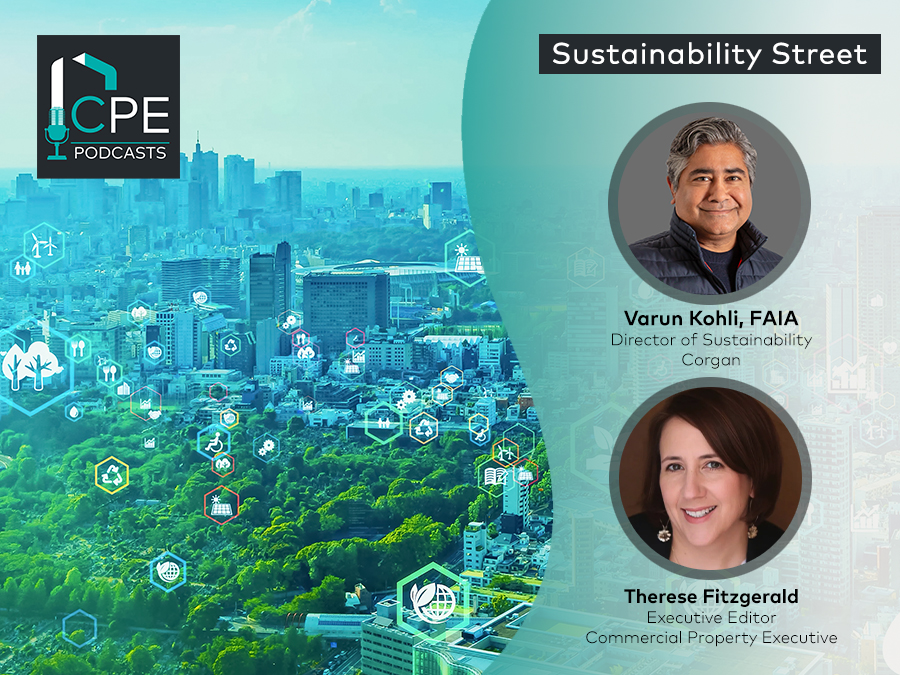
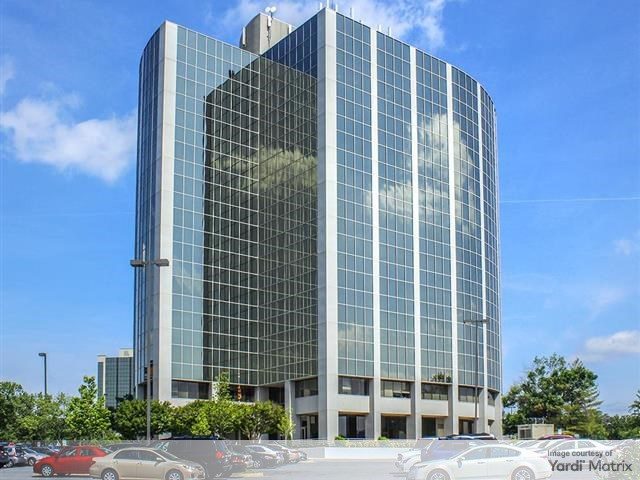
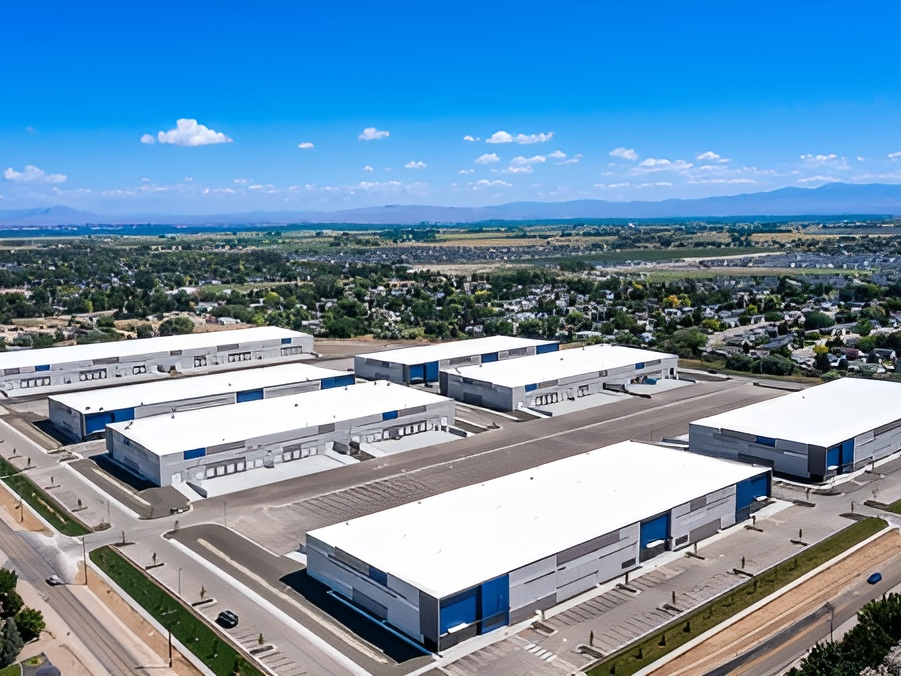
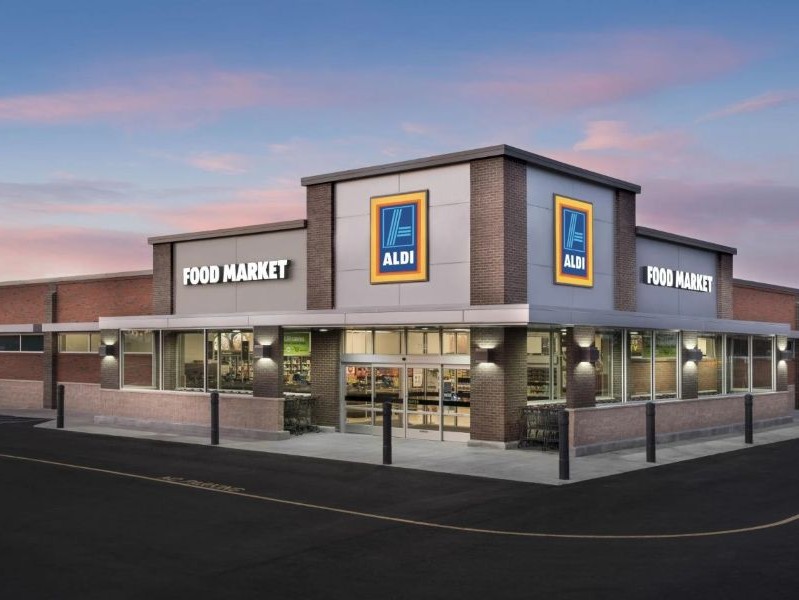
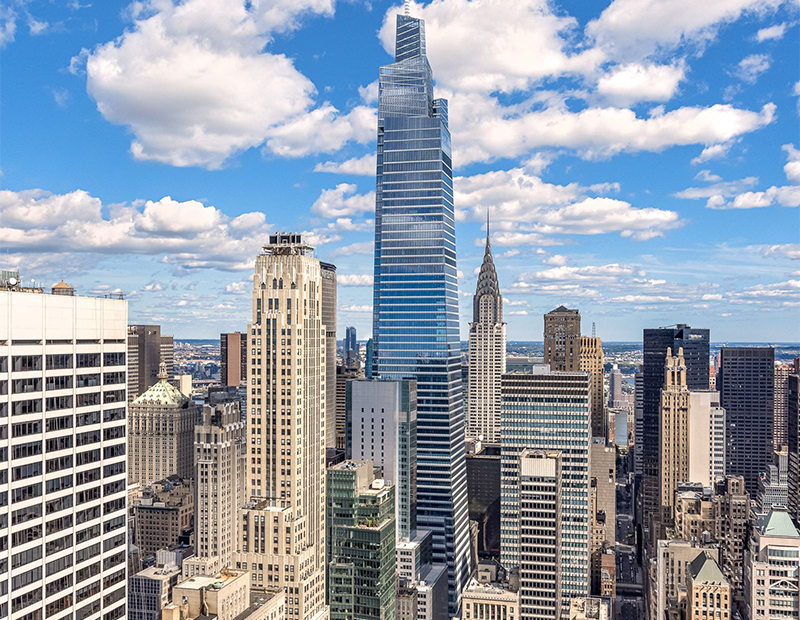

You must be logged in to post a comment.